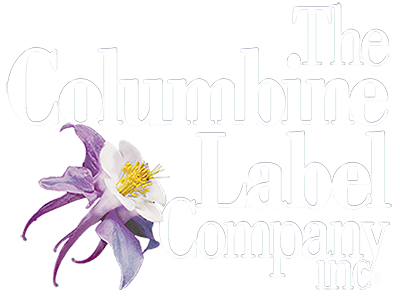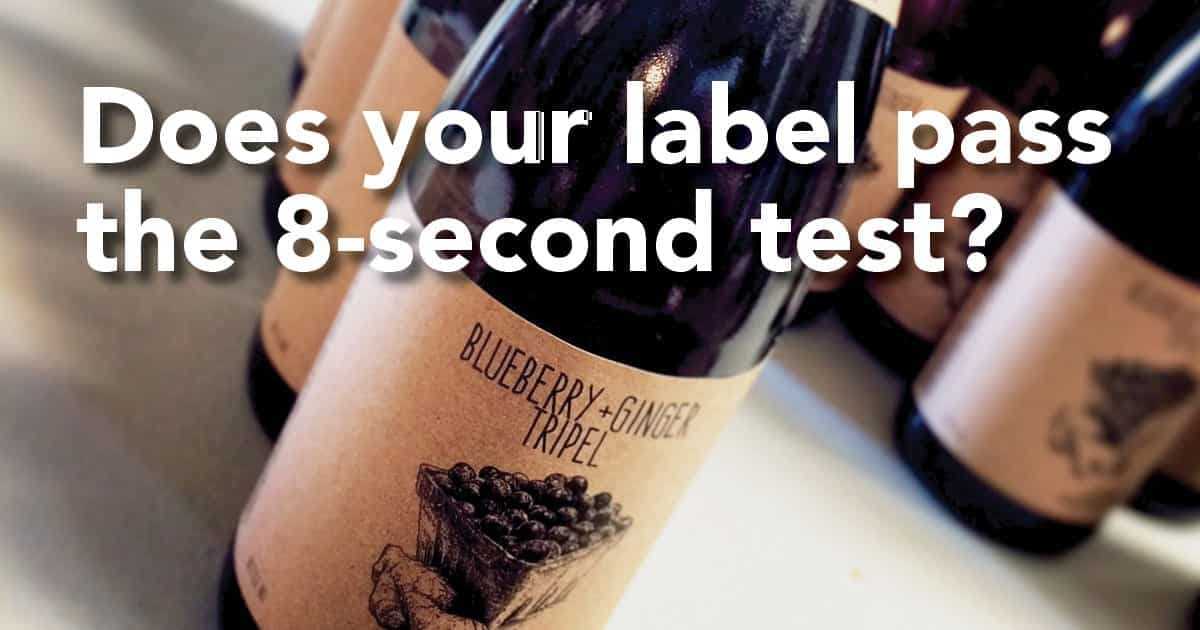Thirsty? No problem. How about a nice cold kombucha? Or a craft ale? Or hard seltzer? Or maybe you prefer a protein drink or CBD-infused refresher. Clearly, there is no shortage of ways to whet your whistle today. In fact, in 2016 alone, there were an estimated 18,500 new beverage products introduced that year!
While this is great for the consumer, it presents a daunting challenge for the beverage marketer: How do you entice consumers to choose your product over so many others?
The power of the primary label
In that split-second moment of consumer decision, the answer lies in the power of the primary label.
The reason is simple. Consumers are visual. According to one source, a whopping 93 percent of consumers ranked the product’s visual appearance as the most important factor in selection.
When they’re done well, primary beverage labels can deliver results – shaping consumer perception, most notably at the point of purchase when the majority of buying decisions are made. The appeal and identity of a beverage product via the primary label drive brand awareness, convey key product attributes through enticing imagery, colors, and text, and most significantly, nurture a connection with potential customers.
The 8-second rule
Consumers often use impulse to make retail-buying decisions for beverage items. A mere one-third of consumer retail purchases are pre-planned, making impulse the primary driver for 67 percent of purchases, according to one source.
Additionally, those impulsive consumer-buying decisions are made in less than 8 seconds. This is a very slim window of opportunity for brands, retailers, and primary beverage labels to stand out and make an impression that matters.
Form, function, print quality
That’s a tall order, and precisely why beverage labels must be designed elegantly and thoughtfully, to work seamlessly with the bottle or can and incorporate visual elements that capture attention quickly and are of the utmost quality and consistency.
It is form and function, along with print quality, placement, and label function that comprises visual appeal and quality beverage labels. These considerations are easier to say than do and require attention to many details as well as proper supply chain partnerships that incessantly obsess about quality each and every day.
Cheers to your choices!
The choice of beverage containers seems as broad as the range of beverages on the market today. This includes glass bottles, plastic bottles, metal cans, coated paper containers, and more. Beverage container shapes also are highly varied, such as straight, curved, double curved, rectangular, and round. The variations and potential combinations are seemingly endless.
Thus, in beverage labeling, there is no one-size-fits-all or generic labeling solution.
The majority of beverage labels today are pressure-sensitive labels. With a wide selection of facestock materials (gloss, matte, paper, film, metallic, etc.), various adhesive options, and the speed and ease of automatic application, pressure-sensitive labels are an attractive and time-tested solution in successful beverage label applications.
Growing in popularity are shrink sleeve labels, which are labels with 360-degree graphics, held around the container without the use of self-adhesive. Shrink sleeves are made of film materials that conform to the container when heat is applied during the labeling process.
Once the film sleeve shrinks, the label tightly conforms to the container, mirroring its exact shape and contour. With the influx of novel beverage bottle shapes and sizes, shrink sleeve labels can show off unique container shapes, creating a seamless and visually stunning appearance. Additionally, when beverage container recycling is involved, adhesive-free shrink sleeve labels are easy to remove.
But choose wisely
In beverage labeling, performance requirements are very important in determining the proper label technology and label characteristics for successful application through to end-use.
For example, a beer label must survive shipping and handling, shelf life, refrigeration, and potentially an ice cooler – and still look as good and stick as solidly as the day it was printed and applied.
Label selection and design factors such as resistance to humidity, temperature variations, scuff and scratch resistance, as well as a bottle or packaging materials, shapes, sizes, and surface textures all play an important role in crafting a beverage label that performs throughout product usage. What’s more, the label must be pristine on each and every bottle, can, and container, every time.
Using the help of a beverage label expert to select the proper components and apt label technology is a crucial step in achieving proper beverage label appearance and performance.
Live or die by the label
In beverage markets, consumer perception and choice are in the driver’s seat to revenue generation and ultimately, brand survival. It is the primary beverage label that has a disproportionate and significant role in garnering product attention and motivating consumer purchases.
The bottom line is that the visual appearance and quality of beverage labels often make the difference between beverage purchases vs. being left on the shelf.


